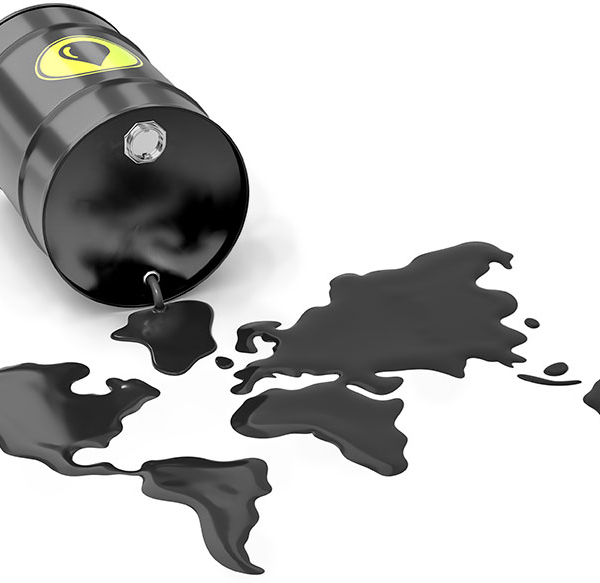Oil price traded over a percentage point higher on Friday as a mixture of optimism about the debt ceiling and the start of the US driving season suggests future demand will remain resilient. The US Dollar Index (DXY) is down a quarter of a percentage point at the time of writing, lending a backdraught to Crude prices, which are predominantly priced and traded in US Dollars.
WTI Crude Oil is trading in the mid $72s and Brent Crude Oil in the mid $76s.
Oil News And Market Movers
- US President Joe Biden gave his clearest assurance that he would do whatever it takes to secure a deal to raise the US debt ceiling, averting a financial crisis and securing future demand for Oil. “We’re going to come together because there’s no alternative,” he said before Thursday talks with House Speaker Kevin Mccarthy.
- The US driving season is approaching, with gasoline demand expected to increase.
- Data from the Joint Organizations Data Initiative (JODI) showed a surge in global demand for Oil in March on Thursday, further supporting Oil prices.
- The JODI report showed a surge in global demand of 3 million barrels per day (bpd) in March.
- The US Dollar comes under pressure as debt-ceiling fears ease, reducing safe-haven demand.
- However, the Greenback’s downside is curtailed by expectations that continued inhibited borrowing, and growth will lead to higher inflation and higher interest rates which will, if they materialize, support the USD.
Crude Oil Technical Analysis: Downtrend Showing Signs Of Ending
WTI Oil is in a long-term downtrend, making lower lows. Given the adage that the trend is your friend, this favors short positions over long positions. It trades below all the major daily Simple Moving Averages (SMA) and all the weekly SMAs except the 200-week at $66.89.
A break below the year-to-date (YTD) lows of $64.31 would be required to reignite and reconfirm the downtrend, with the next target at around $62.00, where trough lows from 2021 will come into play, followed by support at $57.50.
Despite the dominant downtrend, there are signs that it might be reaching an end. There is mild bullish convergence between price and the Relative Strength Index (RSI) at the March and May 2023 lows, with price making a lower low in May that is not matched by a lower low in RSI. This is a bearish sign pressure is easing.
The long hammer Japanese candlestick pattern that formed at the May 4 (and year-to-date) lows is a further sign this may have been a key strategic bottom.
Oil price bulls, however, would need to break above the $76.85 lower high of April 28 to bring the dominant bear trend into doubt.

